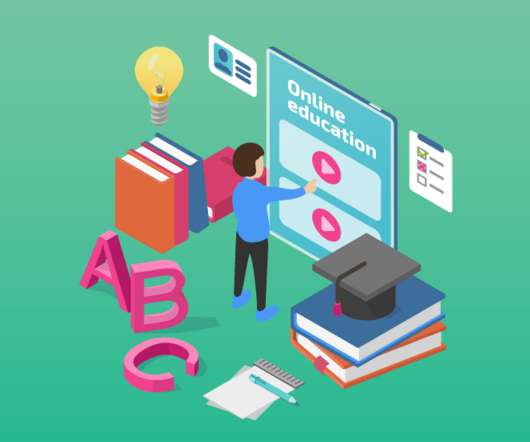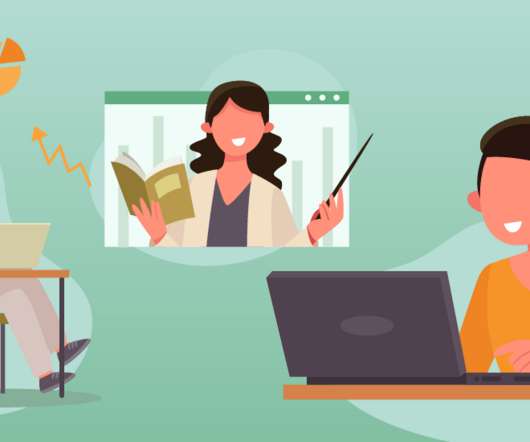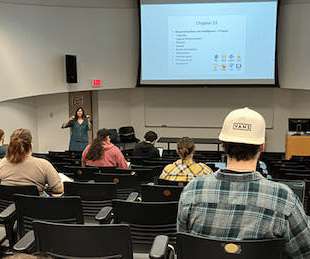8 LMS features that support student autonomy in the classroom and beyond
Neo LMS
JUNE 28, 2022
Student autonomy in the classroom is important both for learners and teachers. It helps them find a balance between frontal lessons and individual study, interaction and reflection, formal evaluation and self-assessment. . Today’s educational technology makes it easier to support student autonomy in the classroom and beyond it.






























Let's personalize your content